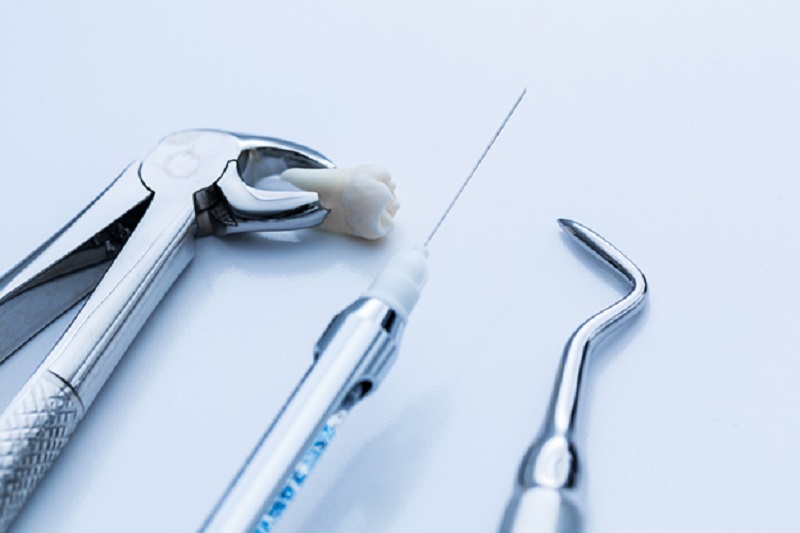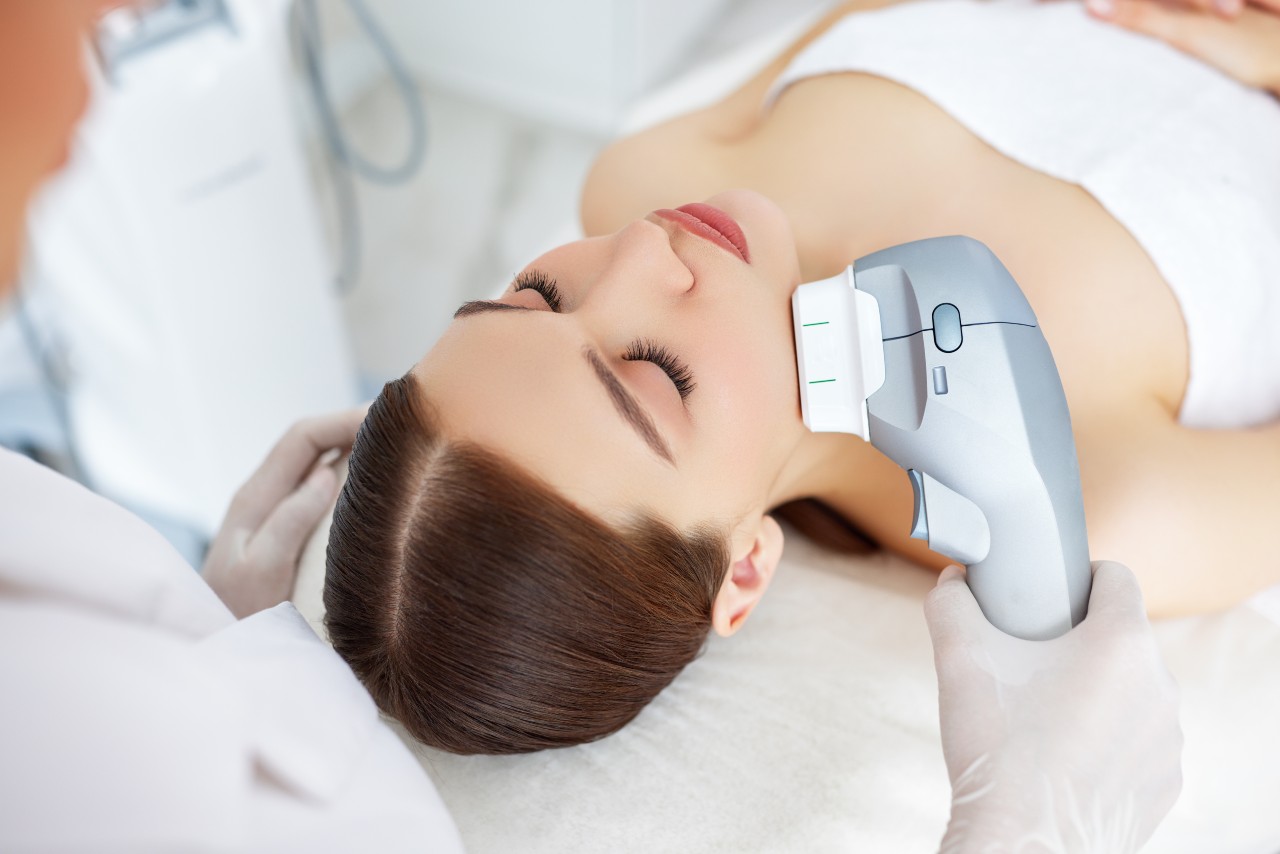The intricate world of medicine is much like an orchestra – each field resonating in harmony with the other, offering an ensemble of solutions that often transcend their own specialised boundaries. Take, for instance, orthopaedic surgery. This specialty, concerned with conditions involving the musculoskeletal system, has roots that stretch back centuries, encompassing a range of procedures from bone grafting to joint replacements. As technologies in orthopaedic surgery advanced, particularly over the past few decades, a serendipitous exchange of methodologies began to take place with other fields. One of these fortunate beneficiaries has been dental care with Sheen Dental Implants.
What is orthopaedic surgery?
Before delving into the symbiosis, it’s essential to understand what orthopaedic surgery encapsulates. In simple terms, this field focuses on the diagnosis, treatment, prevention, and rehabilitation of disorders that afflict the body’s musculoskeletal system. Think bones, joints, ligaments, tendons, and muscles. The term ‘orthopaedic’ is derived from two Greek words: ‘orthos’, which means straight, and ‘paideia’, implying upbringing or education. The purpose here is to ‘straighten’ or correct deformities and alleviate pain, with surgery often becoming a decisive intervention.
Bone grafting: a methodological landmark
Bone grafting is a technological leap that serves as a crucial point of intersection between orthopaedic surgery and dental care. The essence of this technique involves transplanting a piece of bone from one area of the body to another to facilitate repair or growth. In the realm of orthopaedics, this becomes invaluable for complex fractures or even cases that involve a bone failing to heal naturally.
The evolution of bone grafting science has been monumental, moving beyond traditional autografts and allografts to include synthetic and bioengineered materials. These advancements, facilitated by interdisciplinary research, address limitations like donor site morbidity and graft scarcity. Synthetic materials, often made from biocompatible substances like hydroxyapatite, can be customised in terms of porosity and mechanical strength to suit specific clinical needs. Advanced techniques like 3D printing further refine graft structure, and the addition of bioactive molecules can enhance healing. These innovations broaden the application of bone grafting to include diverse medical procedures, from spinal fusions to dental implants.
Transferring knowledge to dental care
So how does a technique like bone grafting have repercussions in dental care? Let’s consider a simple scenario: tooth loss. Losing a tooth might seem like a trivial issue on the surface, but beneath the gums, the absence of a tooth root can lead to jawbone deterioration. The problem deepens if you consider the implications for dental implants, which require a robust jawbone structure for proper anchoring. Here, the principles of bone grafting are applied to fortify the jawbone, creating an appropriate foundation for future dental implants.
Moreover, it’s not just the methods but also the materials that have crossed over. For instance, the development of biocompatible materials like titanium, initially popular in orthopaedic applications like joint replacements, found their way into dental implants. This crossover exemplifies how advancements in one area can reshape the protocols and even the possibilities in another.
Soft tissue management
Beyond hard tissues like bone, even the way soft tissues are managed in orthopaedic surgery has imparted lessons to dental care. Techniques to reduce scarring, improve wound healing, and control infection have seen applicability in dental surgeries, such as gingivectomies or periodontal procedures. Even the suturing techniques have evolved, influenced by advancements in orthopaedics. The same goes for post-operative care regimes, where protocols have become increasingly sophisticated, thanks to a cross-pollination of knowledge.
Pain management and anaesthetic techniques
An often under-discussed but vital aspect of any surgical procedure is pain management. Anaesthesia has been a focal point of medical advancements, and the methods developed in orthopaedic surgeries, such as nerve blocks and spinal anaesthesia, have also impacted dental care. Better pain management means quicker recovery times and improved overall patient experiences, something that both orthopaedic and dental care providers strive for.
The future of this symbiotic relationship
The bridging of methodologies between orthopaedic surgery and dental care serves as a testament to the endless possibilities of interdisciplinary collaboration. As we move forward into an era dominated by personalised medicine, data analytics, and even more advanced surgical technologies, this collaboration is likely to deepen.
After all, medicine is a cumulative science, always building upon its own past and, quite often, borrowing from its neighbours. As the evolution in orthopaedic surgery continues, from robotics to 3D printing of customised implants, there’s little doubt that dental care will also ride the wave of these advancements, all the while contributing its own innovations back to the larger pool of medical knowledge. The future indeed holds a wellspring of opportunities for further collaboration and innovation, as these fields continue to learn, adapt, and ultimately enhance the care provided to patients.



